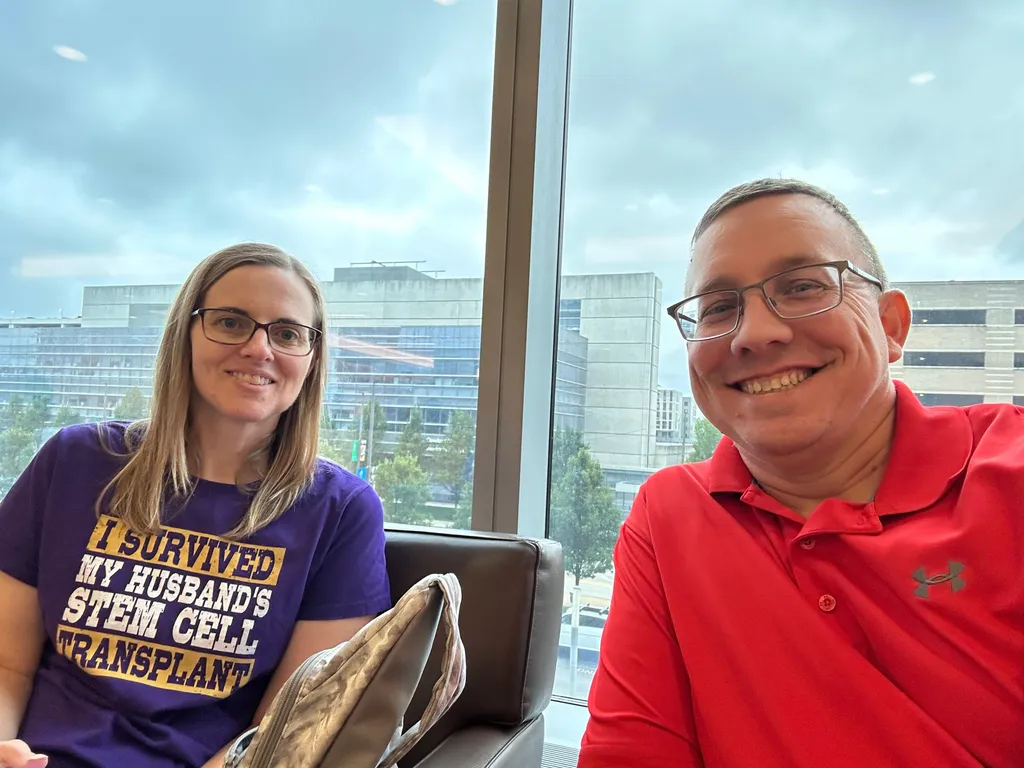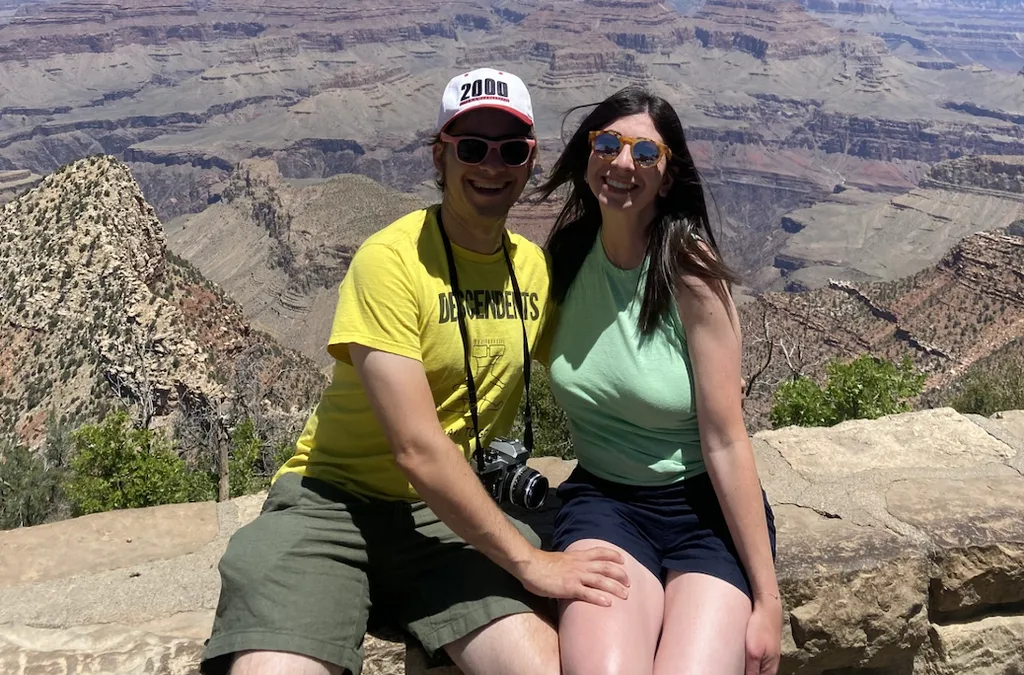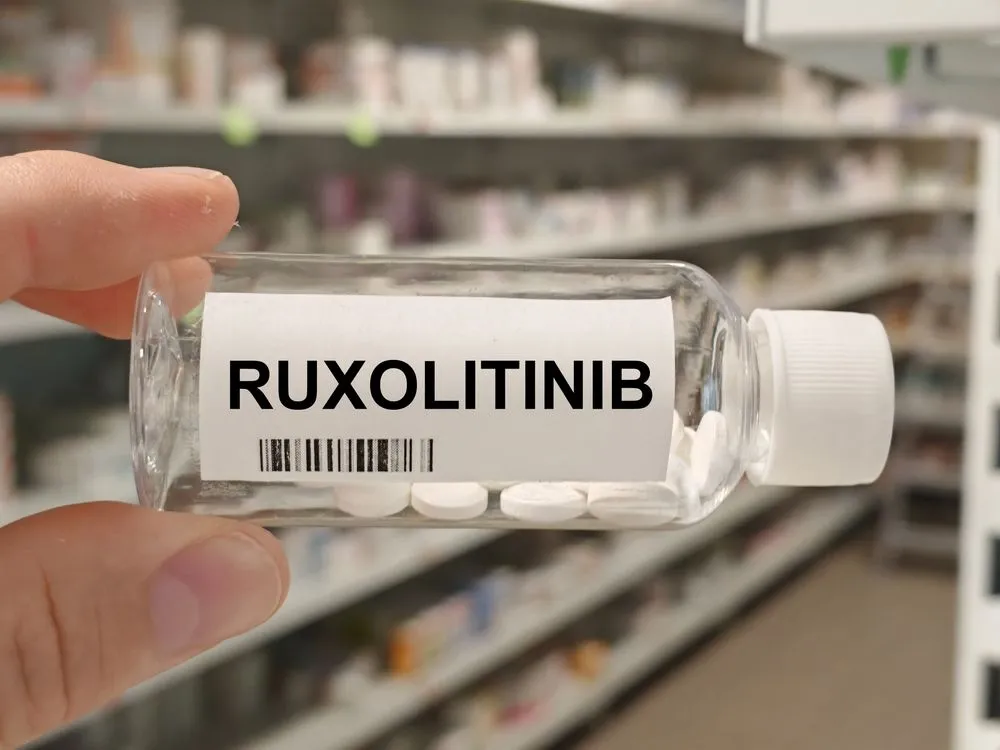How Joining Clinical Trials Helps You and Others: Francesc Boscharell Describes His Experience in a Clinical Trial

Fourteen years ago, Francesc Boscharell, co-founder of Global MPN Spain, was diagnosed with polycythemia vera (PV), a type of myeloproliferative neoplasm in which the bone marrow produces too many red blood cells. In an interview, Francesc shares his experience participating in a clinical trial for the first time. While he initially had fears about being treated like a “guinea pig,” he discovered the safety measures and positive results that clinical trials can provide.
Francesc’s first symptoms were mild. He noticed skin redness, dizziness, discomfort in his ears, and red eyes. These signs did not obviously point to a blood condition. However, during a routine check-up, blood tests revealed his blood was very thick. One month later, he received confirmation of his PV diagnosis.
In the early stages, Francesc followed the standard treatment: phlebotomies every three to four months and medication to control his red blood cell count. Despite this management, the JAK2 mutation present in 95% of his cells remained stable without major changes.
Deciding to join a clinical trial for PV
His doctor suggested joining a clinical trial. At first, Francesc hesitated, worried about being an experiment subject. But after learning more, he understood that clinical trials follow strict safety protocols and provide access to innovative PV treatments. He also valued the constant medical follow-up and the trusting relationship he developed with his care team, who addressed all his questions.
Francesc began treatment with ropeginterferon alfa-2b (Besremi, PharmaEssentia), a long-acting interferon that regulates blood cell production and can reduce mutation levels such as JAK2. He first received it at the hospital and later was able to self-administer it at home. The treatment lasted about four years. He describes the process as straightforward, although it involved completing paperwork and regular monitoring by the medical team.
Besremi’s impact on Francesc over the years
The results were significant: his JAK2 mutation dropped from 95% to 0.3%. Francesc highlights that good communication with his care team was essential to stay informed and maintain adherence to treatment.
After completing the trial, he continued with only occasional phlebotomies (every three or four months) because his red blood cell levels remained slightly elevated. Over the following five years, his mutation level slowly rose to 3%, staying within controlled limits.
Managing PV and helping others do the same
While PV has no definitive cure, Francesc considers it a major step forward to have reduced his risk and be able to live a normal life. He recognizes that access to treatments like Besremi has been key to maintaining his stability and well-being.
Francesc emphasizes that without patient participation in clinical trials, the development of new PV therapies would be much slower. Joining research studies helps people access the latest available treatments and offers the chance to find more effective ways to manage the condition. At the same time, participants contribute to the creation of new treatment options for others.
Conclusion
Francesc’s experience with Besremi shows how an innovative treatment, provided within a safe and well-supervised clinical trial, can improve the management of polycythemia vera and reduce JAK2 mutation burden.
Click here to visit Global MPN for more information
Read more stories like this at the HealthTree News site.
Fourteen years ago, Francesc Boscharell, co-founder of Global MPN Spain, was diagnosed with polycythemia vera (PV), a type of myeloproliferative neoplasm in which the bone marrow produces too many red blood cells. In an interview, Francesc shares his experience participating in a clinical trial for the first time. While he initially had fears about being treated like a “guinea pig,” he discovered the safety measures and positive results that clinical trials can provide.
Francesc’s first symptoms were mild. He noticed skin redness, dizziness, discomfort in his ears, and red eyes. These signs did not obviously point to a blood condition. However, during a routine check-up, blood tests revealed his blood was very thick. One month later, he received confirmation of his PV diagnosis.
In the early stages, Francesc followed the standard treatment: phlebotomies every three to four months and medication to control his red blood cell count. Despite this management, the JAK2 mutation present in 95% of his cells remained stable without major changes.
Deciding to join a clinical trial for PV
His doctor suggested joining a clinical trial. At first, Francesc hesitated, worried about being an experiment subject. But after learning more, he understood that clinical trials follow strict safety protocols and provide access to innovative PV treatments. He also valued the constant medical follow-up and the trusting relationship he developed with his care team, who addressed all his questions.
Francesc began treatment with ropeginterferon alfa-2b (Besremi, PharmaEssentia), a long-acting interferon that regulates blood cell production and can reduce mutation levels such as JAK2. He first received it at the hospital and later was able to self-administer it at home. The treatment lasted about four years. He describes the process as straightforward, although it involved completing paperwork and regular monitoring by the medical team.
Besremi’s impact on Francesc over the years
The results were significant: his JAK2 mutation dropped from 95% to 0.3%. Francesc highlights that good communication with his care team was essential to stay informed and maintain adherence to treatment.
After completing the trial, he continued with only occasional phlebotomies (every three or four months) because his red blood cell levels remained slightly elevated. Over the following five years, his mutation level slowly rose to 3%, staying within controlled limits.
Managing PV and helping others do the same
While PV has no definitive cure, Francesc considers it a major step forward to have reduced his risk and be able to live a normal life. He recognizes that access to treatments like Besremi has been key to maintaining his stability and well-being.
Francesc emphasizes that without patient participation in clinical trials, the development of new PV therapies would be much slower. Joining research studies helps people access the latest available treatments and offers the chance to find more effective ways to manage the condition. At the same time, participants contribute to the creation of new treatment options for others.
Conclusion
Francesc’s experience with Besremi shows how an innovative treatment, provided within a safe and well-supervised clinical trial, can improve the management of polycythemia vera and reduce JAK2 mutation burden.
Click here to visit Global MPN for more information
Read more stories like this at the HealthTree News site.

about the author
Jimena Vicencio
Jimena is an International Medical Graduate and a member of the HealthTree Writing team. Currently pursuing a bachelor's degree in journalism, she combines her medical background with a storyteller’s heart to make complex healthcare topics accessible to everyone. Driven by a deep belief that understanding health is a universal right, she is committed to translating scientific and medical knowledge into clear, compassionate language that empowers individuals to take control of their well-being.
More on Patient Stories
Get the Latest Chronic Eosinophilic Leukemia Updates, Delivered to You.
By subscribing to the HealthTree newsletter, you'll receive the latest research, treatment updates, and expert insights to help you navigate your health.
Together we care.
Together we cure.
3x Faster.






